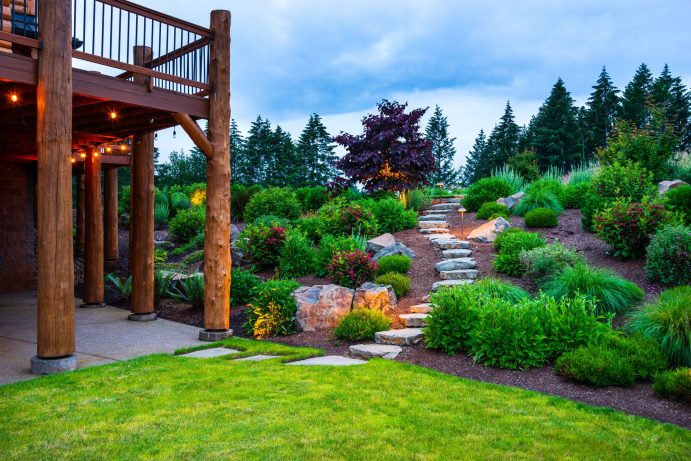
Introduction
Creating a garden with native plants is an excellent way to support local ecosystems and wildlife while adding beauty and diversity to your outdoor space. Whether you’re working with traditional in-ground beds, raised garden beds, or other planting methods, incorporating native plants can provide food and habitat for pollinators, birds, and other wildlife. In this guest post, we will explore the benefits of native plants, discuss some of the best plants for local ecosystems, and provide tips for incorporating them into your garden design, including raised garden bed plans.
The Benefits of Native Plants
Plants that are native to a region are those that are particular geographic area and have evolved alongside the local climate, soil, and wildlife. Incorporating native plants into your garden can provide numerous benefits, including:
Supporting Local Ecosystems: Native plants provide food and habitat for local pollinators, birds, and other wildlife, which are essential components of healthy ecosystems.
Water Conservation: Native plants are adapted to local weather patterns and soil conditions, meaning they typically require less water than non-native plants.
Lower Maintenance: Native plants are well-suited to local conditions, meaning they often require less fertilization and pest control than non-native plants.
Biodiversity: Incorporating native plants into your garden design can increase the diversity of plant species, creating a more resilient and sustainable ecosystem.
Best Native Plants for Local Ecosystems
The best native plants for your garden will depend on your local climate and soil conditions. However, here are some popular native plants that are beneficial for a wide range of ecosystems:
Milkweed: As the sole host plant for monarch butterflies, milkweed is an essential component of any pollinator-friendly garden.
Goldenrod: This hardy plant provides late-season nectar for bees and butterflies and is a favorite of many songbirds.
Joe-Pye Weed: This tall, showy plant is a favorite of pollinators and provides food and habitat for a range of wildlife.
Coneflower: These colorful flowers are a favorite of bees and butterflies and are easy to grow in a variety of soil conditions.
Black-eyed Susan: These cheerful flowers are a favorite of pollinators and provide food and habitat for many wildlife species.
Incorporating Native Plants into Your Garden Design
When incorporating native plants into your garden design, consider the following tips:
Research Local Species: Work with local nurseries or gardening organizations to identify the best native plants for your region and soil type.
Plant in Raised Garden Beds: Raised garden beds can provide better drainage and soil quality, making them an ideal environment for native plants.
Incorporate a Variety of Species: Planting a diverse range of native species can provide food and habitat for a broader range of wildlife.
Create a Water Source: Incorporating a water source, such as a small pond or birdbath, can provide essential drinking and bathing opportunities for wildlife.
Embrace Natural Landscaping: Allow your garden to have a more natural appearance by incorporating elements such as rocks, logs, and native grasses.
Conclusion
Creating a garden with native plants is an excellent way to support local ecosystems and wildlife while adding beauty and diversity to your outdoor space. Whether you’re working with traditional in-ground beds or raised garden bed plans incorporating native plants can provide numerous benefits for your garden and the surrounding environment. By researching local species, planting a diverse range of plants, and incorporating natural landscaping elements, you can create a thriving garden that supports local ecosystems and provides a beautiful space for relaxation and enjoyment.



